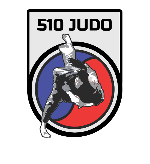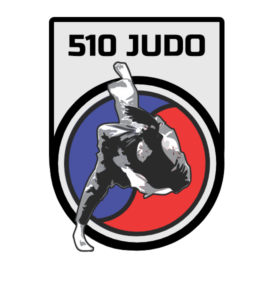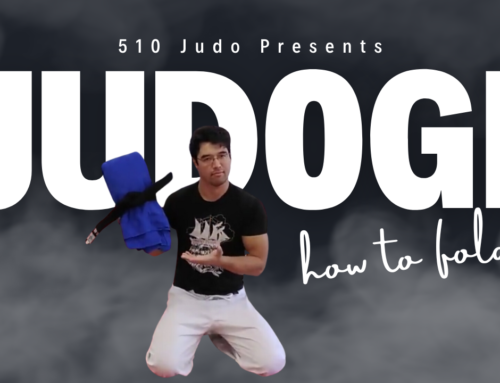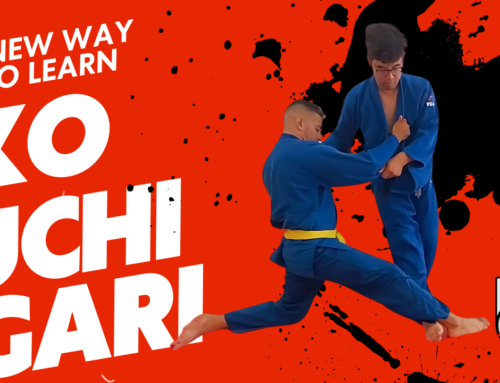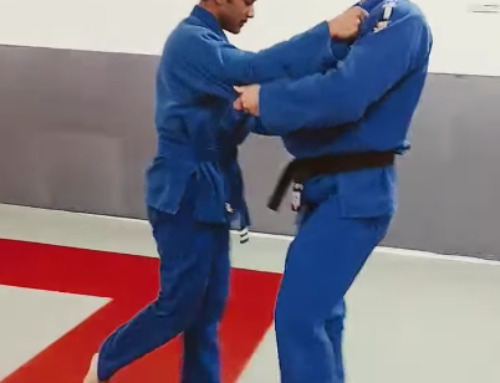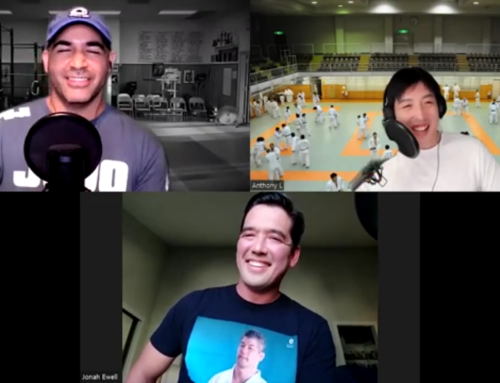This is a guest post courtesy of 510 Judo member Henry Sparks. In addition to judo, Henry practices historical European martial arts (HEMA). He explains the video and notes some of the differences and similarities it has with judo. Very cool, thank you Henry!
These techniques are from a historical fencing master (in HEMA, a “master” is a martial artist who was alive when the martial arts originally existed, not anyone alive today) named Hans Talhoffer.
However, some of the best techniques are from a Austrian Ringen master named Ott, who lived sometime in the early 1400s. Ott is mentioned in the “Fellowship of Liechtenauer”, which is essentially a list of the names of the best martial artists of the time, written by Paulus Kal in the 1400s.
There are also other medieval grappling techniques from the southern parts of the Holy Roman Empire, which are called “Abrazare” and are found in a fencing manual written by Fiore De’i Liberi in the early 1400s. Unlike Ringen, Abrazare techniques frequently involve daggers.
Although Ringen looks similar to Judo, there are a few major differences. I probably haven’t seen all of them since I’m not very experienced in either martial art, but here are a few of the more obvious ones which you may have noticed in the video:
- In Ringen, the jacket or gambeson (a type of padded jacket worn as armor) is closed instead of being fastened with a belt like in Judo, which means it will not fall apart if you grab your opponent at the sides.
- The main grip in Ringen is at both arms, because the differences in the jackets make it harder to grip your opponent at their chest.
- Not all Ringen tournaments require fighters to wear belts.
- Almost all of Ringen is focused on throws or other techniques performed while standing. This is because it was meant to throw people wearing full suits of armor. After they were thrown, it would have been easiest to stab them through the visor with a dagger (which every medieval person carried on their belt at all times), which is why there aren’t very many pins or other techniques on the ground.
